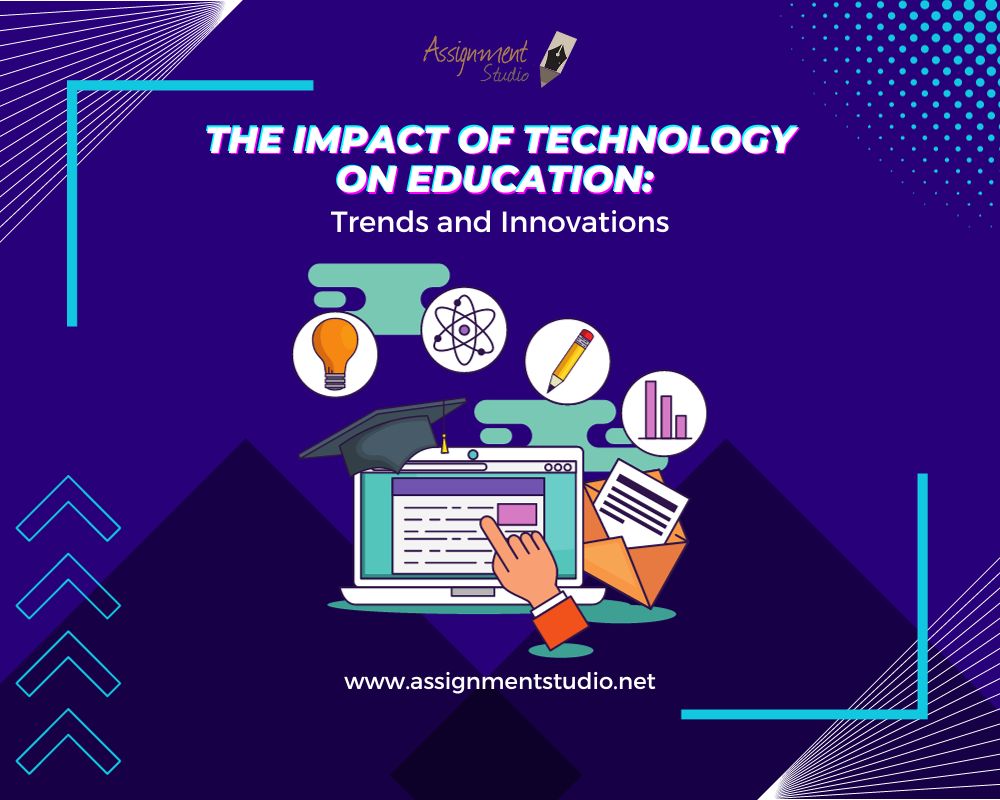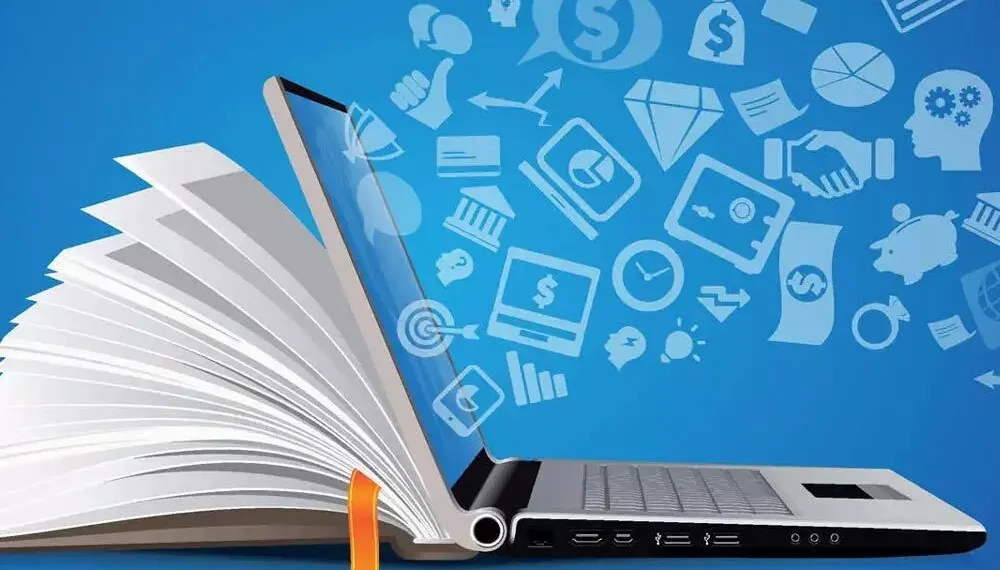
Technology has revolutionized nearly every aspect of our lives, yet education has been slow to adapt. You went through years of school lugging around heavy textbooks and writing assignments by hand. Your teachers lectured at the front of the classroom and you dutifully took notes. Sure, there were occasional trips to the computer lab, but technology felt more like a special event rather than an integral part of your learning experience.
Fast forward to today and education looks vastly different. Interactive whiteboards, laptops, tablets, and smartphones are commonplace. Students can access any information they need in seconds. Teachers are leveraging technology to enhance learning in creative new ways. While some argue technology serves as a distraction, when used effectively it is transforming education for the better.
Experience a day in the life of a modern student and see how technology has impacted their learning experience. The future is here – the question is whether education will fully embrace it.
Table of Contents
Technology Access in Schools
Technology has revolutionized education. As schools adopt more technology, it’s changing how students learn and connect. Today, most schools have computers, laptops, tablets and interactive whiteboards. Students have access to tech for research, learning apps and online courses. However, some schools still lack adequate technology or technical support.
With increased access, students can discover and explore topics that interest them. They can work at their own pace and skill level using adaptive learning programs. Access also allows for remote or blended learning so students can learn from anywhere.
Of course, tech should complement human interaction, not replace it. Teachers are still vital for guiding students, providing feedback and developing soft skills. Excessive screen time and social media use are also concerns. Balancing technology with traditional teaching methods is key. Technology improves accessibility for students with disabilities or learning needs. Options like text-to-speech, audiobooks, closed captioning and magnifiers make learning possible for more students.
Technology’s Impact on Student Learning and Engagement
Technology has greatly impacted how students learn and stay engaged in the classroom.
Increased Access to Information
With the Internet, students have access to limitless information on any topic at their fingertips. This allows for self-guided learning and exploring subjects that spark their interest. Students can search for answers to their questions instantly instead of waiting for help from a teacher or searching through books.
The Internet provides exposure to ideas and subjects students may not encounter otherwise. Students from low-income families who may lack resources for books or tutoring can utilize the web to supplement their learning.
Digital Learning Tools
There are many free digital tools for learning like Khan Academy, Duolingo, and Crash Course that engage students with interactive lessons, videos, and gamification. These kinds of tools allow students to learn at their own pace and receive instant feedback and rewards to stay motivated.
Digital learning tools are especially helpful for visual and hands-on learners. They can see concepts in action and interact with simulations to deepen their understanding.
Increased Collaboration
Technology makes it easy for students to collaborate on group projects using tools such as Google Docs, Slack, and Zoom. They can work together in real-time from any location to share ideas, edit documents, and divide up tasks. This ability to collaborate digitally helps students develop essential skills for the 21st century like communication, critical thinking, and problem-solving.
Using Technology to Enhance Teaching Methods
Technology has revolutionized education in so many ways. As an educator, you now have countless tools at your disposal to enhance your teaching methods and engage students.
Interactive Learning
Using interactive web tools, students can collaborate on projects, share ideas in real time, and provide peer feedback. Things like Google Docs, online communities and discussion forums make learning a social and engaging experience. Students retain more when they’re active participants rather than passive listeners. Teachers can use these tools to help students communicate with others easily.
Multimedia Lessons
Incorporating multimedia into your lessons helps reinforce concepts and appeals to different learning styles. Educators can use video tutorials, podcasts, reading materials, interactive images, virtual reality experiences, and more to cater to different students’ needs.
Staying Current
The world is changing fast, and technology helps educators keep up with current events, cultural trends, and emerging career opportunities to prepare students for the future. Staying up-to-date with resources like podcasts, online courses, professional networks, and virtual conferences has never been easier thanks to technology. Educators can use the following tools to help students stay up-to-date with current events and trends.
Challenges and Considerations
However, technology also introduces challenges, like ensuring all students have access to devices and connectivity, addressing data privacy concerns, and providing adequate training for educators. Schools must find the right balance of technological and human assessment to gain the benefits of each. Used strategically, technology can transform how we measure and support student learning. But human judgment, relationships and real-world experiences will always remain essential in education.
While technology catalyzes change, access alone is not enough. Teachers need proper training to use tools effectively. Schools must also provide technical and pedagogical support so technology enhances, not hinders, learning. Used responsibly, technology can personalize and improve education. However, human interaction, guidance and balance are equally important for developing lifelong learners. Overall, technology should be used to supplement teaching methods, not substitute them. When combined successfully, technology and teachers can propel students to new heights.
Conclusion
So there you have it. Technology has clearly transformed how we learn and educate. While the traditional classroom still has an important place, technology opens up a whole new world of possibilities. You now have a universe of information at your fingertips and can learn whatever you want, whenever you want, at your own pace. Sure, technology also brings challenges and distractions, but when used well it can enhance and expand education in exciting ways. The future is bright if we’re able to harness technology to create more engaging, effective, and personalized learning experiences for people of all ages. What an incredible time to be a lifelong learner! The opportunities are endless if you have an open and curious mind.







